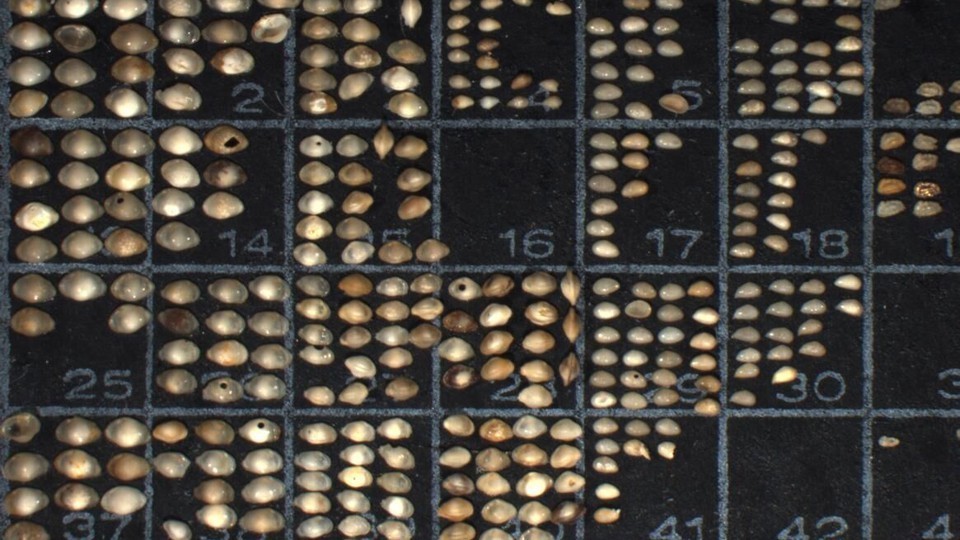The animal with the oldest penis — 425 million years old — is an ancient crustacean. The scientific name, Colymbosathon ecplecticos, actually means “astounding swimmer with a large penis.”
But, The Atlantic writes, large is relative because the entire creature is just a fifth of an inch long. However, researchers have said that for its size, the penis is still “large and stout.” The ancient group of crustaceans, called ostracods, have diversified into some 70,000 species. They look a little bit like distorted shrimps wrapped in a shell — and male shells are longer than female ones, in order to accommodate the penis.
According to The Atlantic, in some species, the genitalia takes up a third of the male’s shell. Researchers found that the species where males are disproportionately bigger than females, and so invest more heavily in sex and have larger penises, are actually disappearing at a rate ten times faster than others. The Atlantic reports that on average, species whose males invested most heavily in their sexual organs persisted for just 1.6 million years. By contrast, other species, where the males weren’t as interested in sex, lasted for 15.5 million years.
Thanks for reading InsideHook. Sign up for our daily newsletter and be in the know.


















